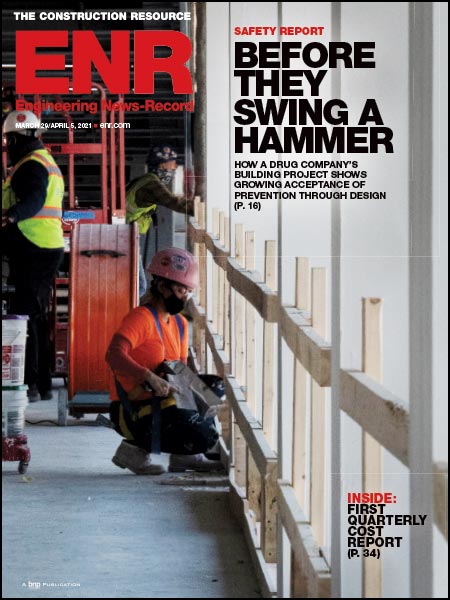Major disasters have played a significant role in the life of Teddy Phillips Jr. As CEO and vice chairman of heavy-civil contractor Phillips & Jordan Inc., Knoxville, Tenn., P&J teams have managed cleanups after the 9/11 attacks in New York City, Hurricanes Rita and Katrina, the BP Deepwater Horizon Gulf oil spill, and recent tornadoes in Alabama and Missouri. The Tennessee Valley Authority, a six-decade P&J client, hired the firm to clean up its Kingston powerplant after a dike rupture sent 1.1 billion gallons of coal-ash slurry into the Emory River in 2008.

|
| PHILLIPS |
To help create continuity, P&J designed and implemented an in-house automated debris-management system for emergency-response work. It streamlines project tracking, reporting and reconciliation using web-based software that is compatible with smartphones. The system—called STORM, or "strategic tracking of recovery material"—relies upon photos, bar-code scans and satellite tracking for accurate, real-time progress reports, with data easily exported into spreadsheets. "No system in the marketplace has been real-life-tested like this one has," Phillips says.
"The guys at P&J aren't afraid to get down in the mud," says Timothy Gipe, president and CEO of EE&G Environmental Services, Miami, which has partnered with P&J on cleanups. "It's a big firm with small-firm flexibility and aggressiveness."



